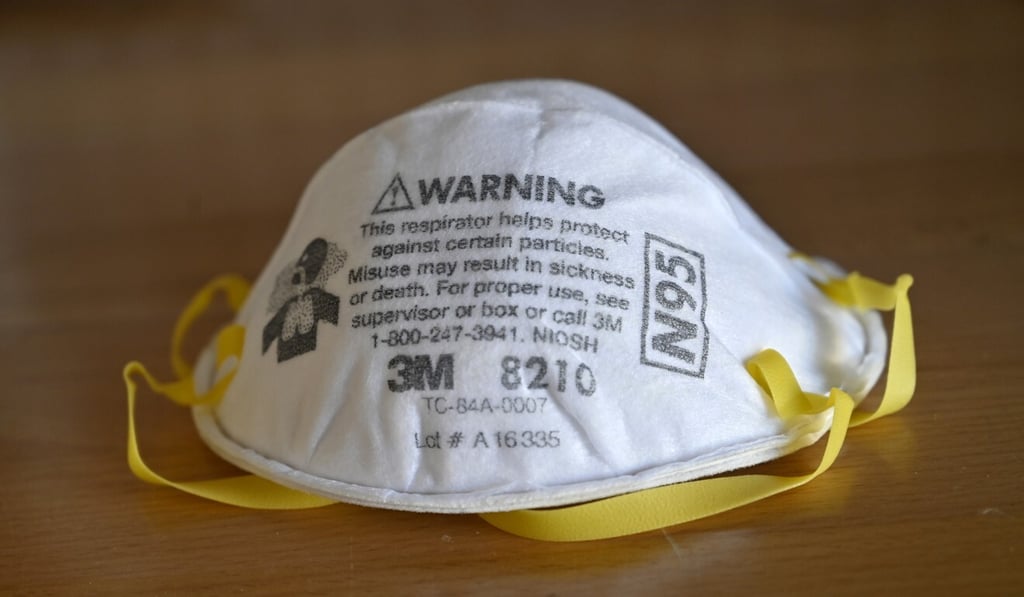Advertisement
Guide to buying face masks in Hong Kong: which type, how much and where to get them
- The mask shortage has passed in Hong Kong, but the variety of types and prices has many people confused
- This guide tells you all you need to know about buying face masks in Hong Kong
Reading Time:3 minutes
Why you can trust SCMP
0

The World Health Organisation (WHO) may have only recently acknowledged the effectiveness of face masks in helping to slow the coronavirus spread, but they have been sought-after items in Hong Kong and other Asian cities for some time.
Hongkongers have been scrambling for masks since January, facing shortages and high prices, but the supplies have gradually increased, especially as local producers have stepped up to meet the demand.
Hong Kong’s Consumer Council received 477 complaints in the first three months of this year concerning counterfeit masks and price gouging. Only seven cases were made in all of 2019.
For the average shopper, the raft of different brands and prices can be confusing. Here’s a brief guide to buying masks in Hong Kong.

How do I know what I’m paying for?
Advertisement